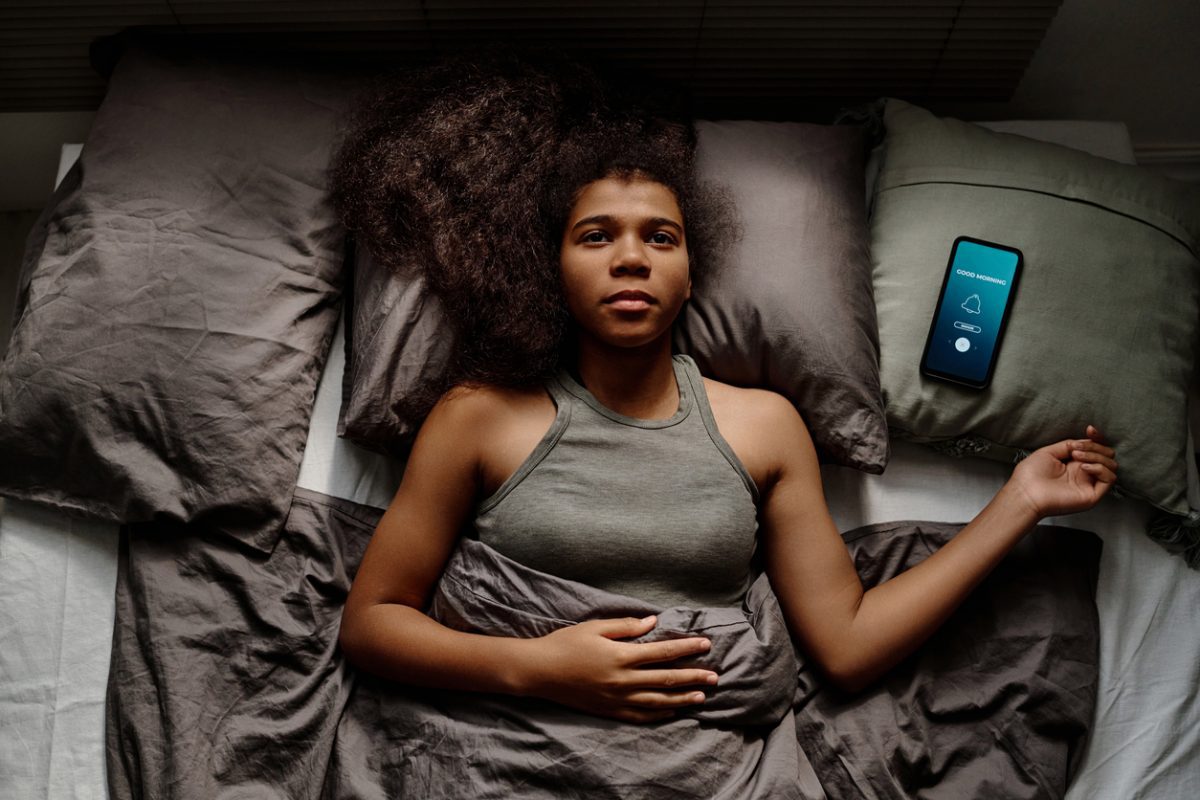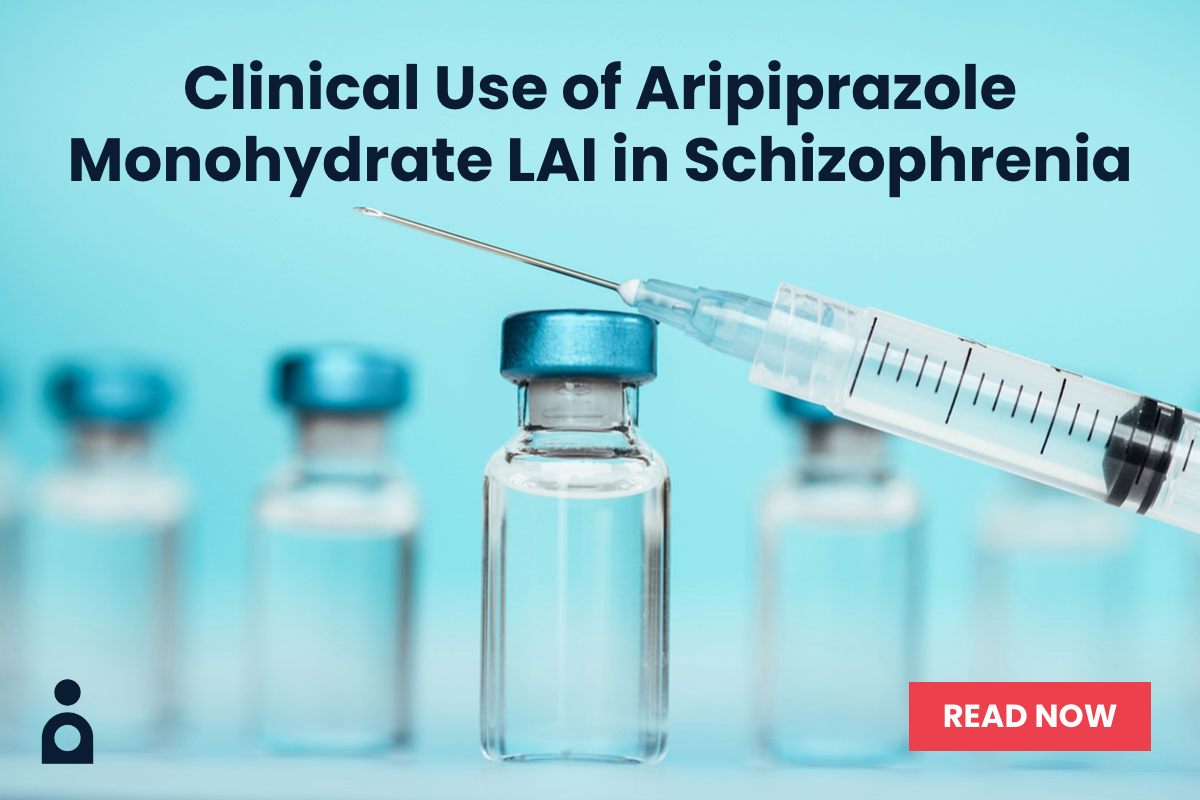ABSTRACT
Objective: To elucidate the incidence rates and predictive factors for parasomnias (disorders of arousal, nightmare, and sleep paralysis) in adolescents.
Methods: This was a prospective cohort study of high school students. In 2010, we conducted a baseline survey of first-year students enrolled in randomly selected Japanese schools (10 junior high schools and 14 senior high schools); 2 years later, a follow-up survey of the same participants was conducted. A self-administered questionnaire inquiring about parasomnias and lifestyles was provided to the students for both surveys. The incidence of new onset of each parasomnia was determined based on the longitudinal survey data obtained at 2 timepoints (ie, baseline and follow-up), separately for the junior and senior high-school students. Moreover, we performed multivariate analyses to identify the predictive factors for new onset of each parasomnia.
Results: 776 junior high school students and 2,697 senior high school students participated in both surveys (total response rate: 61.1%). The incidence rates of disorders of arousal, nightmares, and sleep paralysis during the observation period were 14.0%, 16.2%, and 3.3%, respectively, among junior high school students, and 15.1%, 27.8%, and 6.8%, respectively, among senior high school students. The predictive factors (adjusted odds ratio, P value) for new onset of disorders of arousal were female sex (1.38, .009) and sleep duration of less than 5 hours (1.95, .001). The predictive factors for onset of nightmares were female sex (1.82, < .001), enrollment in senior high school (vs junior high school) (2.14, < .001), poor subjective sleep quality (1.60, .010), and spending less than 2 hours studying after school hours (1.64, .027). The predictive factors for new onset of sleep paralysis were enrollment in senior high school (vs junior high school) (2.39, .002) and poor mental health status (1.98, < .001).
Conclusions: Our study results suggest that sleep status, lifestyle, and mental health are predictive factors for new onset of parasomnias in adolescents. These should be key areas of focus in school health services.
Members Only Content
This full article is available exclusively to Professional tier members. Subscribe now to unlock the HTML version and gain unlimited access to our entire library plus all PDFs. If you’re already a subscriber, please log in below to continue reading.
References (48)

- Brand S, Kirov R. Sleep and its importance in adolescence and in common adolescent somatic and psychiatric conditions. Int J Gen Med. 2011;4:425–442. PubMed CrossRef
- Matthews KA, Pantesco EJ. Sleep characteristics and cardiovascular risk in children and adolescents: an enumerative review. Sleep Med. 2016;18:36–49. PubMed CrossRef
- Wolfson AR, Carskadon MA. Understanding adolescents’ sleep patterns and school performance: a critical appraisal. Sleep Med Rev. 2003;7(6):491–506. PubMed CrossRef
- Keyes KM, Maslowsky J, Hamilton A, et al. The great sleep recession: changes in sleep duration among US adolescents, 1991-2012. Pediatrics. 2015;135(3):460–468. PubMed CrossRef
- Dahl RE, Lewin DS. Pathways to adolescent health sleep regulation and behavior. J Adolesc Health. 2002;31(suppl):175–184. PubMed CrossRef
- Sarchiapone M, Mandelli L, Carli V, et al. Hours of sleep in adolescents and its association with anxiety, emotional concerns, and suicidal ideation. Sleep Med. 2014;15(2):248–254. PubMed CrossRef
- Smaldone A, Honig JC, Byrne MW. Sleepless in America: inadequate sleep and relationships to health and well-being of our nation’s children. Pediatrics. 2007;119(suppl 1):S29–S37. PubMed CrossRef
- Roberts RE, Roberts CR, Duong HT. Chronic insomnia and its negative consequences for health and functioning of adolescents: a 12-month prospective study. J Adolesc Health. 2008;42(3):294–302. PubMed CrossRef
- Siomos KE, Braimiotis D, Floros GD, et al. Insomnia symptoms among Greek adolescent students with excessive computer use. Hippokratia. 2010;14(3):203–207. PubMed
- Pan JY, Chou MF, Zhang J, et al. Sleep patterns, insomnia, and daytime sleepiness between Guangdong and Macau Chinese adolescents: a cross-cultural comparison study. Biol Rhythm Res. 2012;43(5):527–539. CrossRef
- Amaral MO, de Figueiredo Pereira CM, Silva Martins DI, et al. Prevalence and risk factors for insomnia among Portuguese adolescents. Eur J Pediatr. 2013;172(10):1305–1311. PubMed CrossRef
- Ohida T, Osaki Y, Doi Y, et al. An epidemiologic study of self-reported sleep problems among Japanese adolescents. Sleep. 2004;27(5):978–985. PubMed CrossRef
- Kaneita Y, Ohida T, Osaki Y, et al. Insomnia among Japanese adolescents: a nationwide representative survey. Sleep. 2006;29(12):1543–1550. PubMed CrossRef
- International Classification of Sleep Disorders. 3rd ed. Darien, IL: American Academy of Sleep Medicine; 2014.
- Munezawa T, Kaneita Y, Osaki Y, et al. Nightmare and sleep paralysis among Japanese adolescents: a nationwide representative survey. Sleep Med. 2011;12(1):56–64. PubMed CrossRef
- Itani O, Kaneita Y, Ikeda M, et al. Disorders of arousal and sleep-related bruxism among Japanese adolescents: a nationwide representative survey. Sleep Med. 2013;14(6):532–541. PubMed CrossRef
- Westreich D. Epidemiology by Design. New York, NY: Oxford University Press; 2019.
- Dunn OJ. Basic statistics: a primer for the biomedical sciences. 4th ed. Hoboken, NJ: John Wiley & Sons; 2009.
- Munezawa T, Kaneita Y, Osaki Y, et al. The association between use of mobile phones after lights out and sleep disturbances among Japanese adolescents: a nationwide cross-sectional survey. Sleep. 2011;34(8):1013–1020. PubMed CrossRef
- Goldberg DP, Rickels K, Downing R, et al. A comparison of two psychiatric screening tests. Br J Psychiatry. 1976;129(1):61–67. PubMed CrossRef
- Doi Y, Minowa M. Factor structure of the 12-item General Health Questionnaire in the Japanese general adult population. Psychiatry Clin Neurosci. 2003;57(4):379–383. PubMed CrossRef
- Celentano D, Szklo M. Gordis Epidemiology. 6th ed. Philadelphia, PA: Elsevier; 2018.
- Ohayon MM, Guilleminault C, Priest RG. Night terrors, sleepwalking, and confusional arousals in the general population: their frequency and relationship to other sleep and mental disorders. J Clin Psychiatry. 1999;60(4):268–276, quiz 277. PubMed CrossRef
- Stallman HM, Kohler M. Prevalence of sleepwalking: a systematic review and meta-analysis. PLoS One. 2016;11(11):e0164769. PubMed CrossRef
- Petit D, Pennestri MH, Paquet J, et al. Childhood sleepwalking and sleep terrors: a longitudinal study of prevalence and familial aggregation. JAMA Pediatr. 2015;169(7):653–658. PubMed CrossRef
- Woodward M. Epidemiology: Study Design and Data Analysis. 3rd ed. London, UK: CRC Press LLC; 2013.
- Ohayon MM, Carskadon MA, Guilleminault C, et al. Meta-analysis of quantitative sleep parameters from childhood to old age in healthy individuals: developing normative sleep values across the human lifespan. Sleep. 2004;27(7):1255–1273. PubMed CrossRef
- Ohayon MM, Priest RG, Zulley J, et al. The place of confusional arousals in sleep and mental disorders: findings in a general population sample of 13,057 subjects. J Nerv Ment Dis. 2000;188(6):340–348. PubMed CrossRef
- Ohayon MM, Morselli PL, Guilleminault C. Prevalence of nightmares and their relationship to psychopathology and daytime functioning in insomnia subjects. Sleep. 1997;20(5):340–348. PubMed CrossRef
- Schredl M, Reinhard I. Gender differences in dream recall: a meta-analysis. J Sleep Res. 2008;17(2):125–131. PubMed CrossRef
- Schredl M, Schäfer G, Weber B, et al. Dreaming and insomnia: dream recall and dream content of patients with insomnia. J Sleep Res. 1998;7(3):191–198. PubMed CrossRef
- Schredl M. Explaining the gender difference in dream recall frequency. Dreaming. 2010;20(2):96–106. CrossRef
- Joncas S, Zadra A, Paquet J, et al. The value of sleep deprivation as a diagnostic tool in adult sleepwalkers. Neurology. 2002;58(6):936–940. PubMed CrossRef
- Pilon M, Montplaisir J, Zadra A. Precipitating factors of somnambulism: impact of sleep deprivation and forced arousals. Neurology. 2008;70(24):2284–2290. PubMed CrossRef
- Zadra A, Pilon M, Montplaisir J. Polysomnographic diagnosis of sleepwalking: effects of sleep deprivation. Ann Neurol. 2008;63(4):513–519. PubMed CrossRef
- Levin R. Sleep and dreaming characteristics of frequent nightmare subjects in a university population. Dreaming. 1994;4(2):127–137. CrossRef
- Paul F, Schredl M, Alpers GW. Nightmares affect the experience of sleep quality but not sleep architecture: an ambulatory polysomnographic study. Borderline Personal Disorder Emotion Dysregul. 2015;2(1):3. PubMed CrossRef
- Schredl M. Effects of state and trait factors on nightmare frequency. Eur Arch Psychiatry Clin Neurosci. 2003;253(5):241–247. PubMed CrossRef
- Li SX, Yu MW, Lam SP, et al. Frequent nightmares in children: familial aggregation and associations with parent-reported behavioral and mood problems. Sleep. 2011;34(4):487–493. PubMed CrossRef
- Ohayon MM, Zulley J, Guilleminault C, et al. Prevalence and pathologic associations of sleep paralysis in the general population. Neurology. 1999;52(6):1194–1200. PubMed CrossRef
- Bell CC, Dixie-Bell DD, Thompson B. Panic attacks: relationship to isolated sleep paralysis. Am J Psychiatry. 1986;143(11):1484. PubMed CrossRef
- McMakin DL, Alfano CA. Sleep and anxiety in late childhood and early adolescence. Curr Opin Psychiatry. 2015;28(6):483–489. PubMed CrossRef
- Bartoli AJ, Gregory AM. Sleep and Anxiety. The Wiley Handbook of Developmental Psychopathology. Hoboken, N.J.: John Wiley & Sons; 2017:215–232.
- Waters F, Moretto U, Dang-Vu TT. Psychiatric illness and parasomnias: a systematic review. Curr Psychiatry Rep. 2017;19(7):37. PubMed CrossRef
- Denis D, French CC, Gregory AM. A systematic review of variables associated with sleep paralysis. Sleep Med Rev. 2018;38:141–157. PubMed CrossRef
- Erickson J, Vaughn BV. Non-REM parasomnia: the promise of precision medicine. Sleep Med Clin. 2019;14(3):363–370. PubMed CrossRef
- Gieselmann A, Ait Aoudia M, Carr M, et al. Aetiology and treatment of nightmare disorder: state of the art and future perspectives. J Sleep Res. 2019;28(4):e12820. PubMed CrossRef
- Stefani A, Högl B. Nightmare disorder and isolated sleep paralysis. Neurotherapeutics. 2021;18(1):100–106. PubMed





